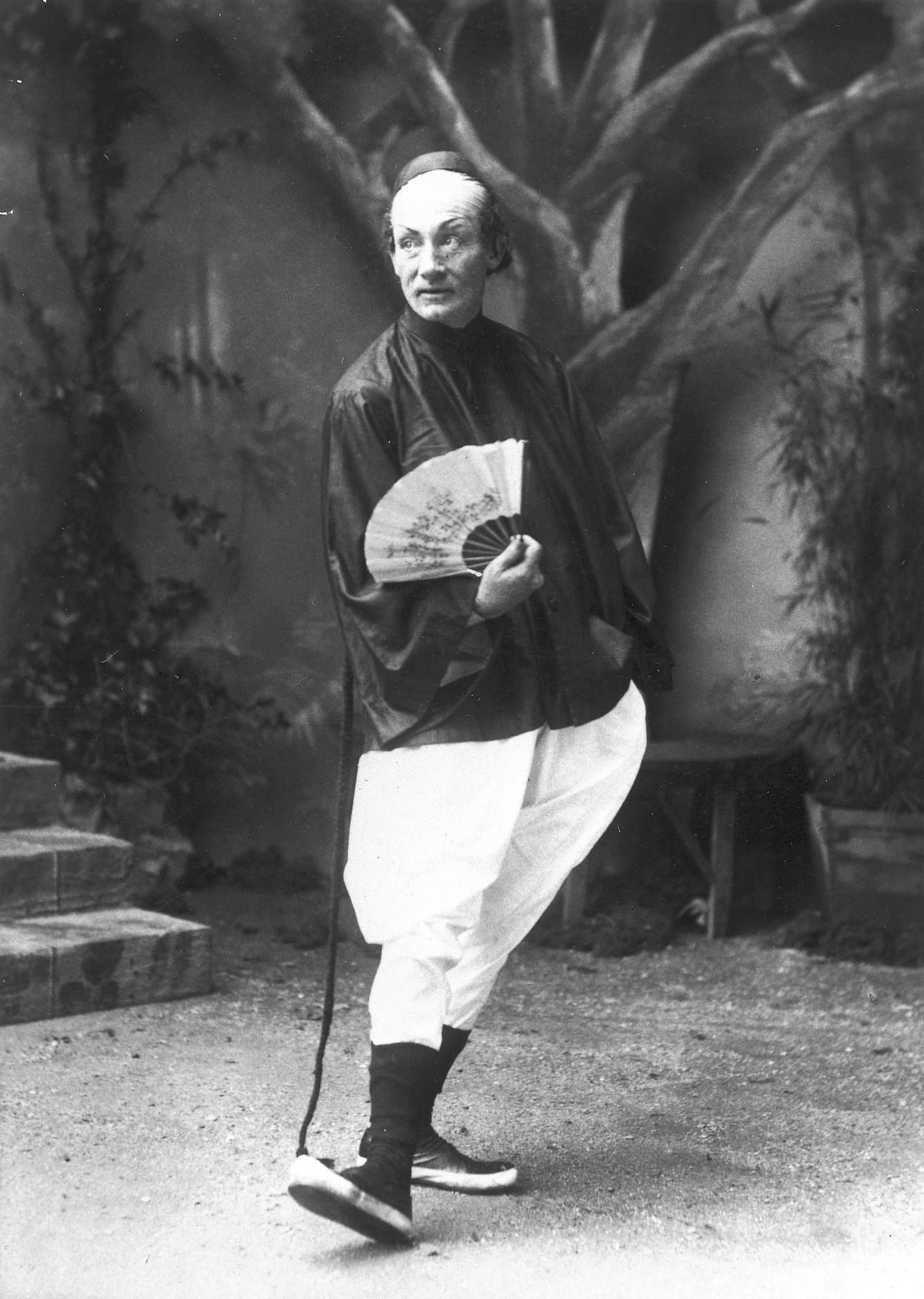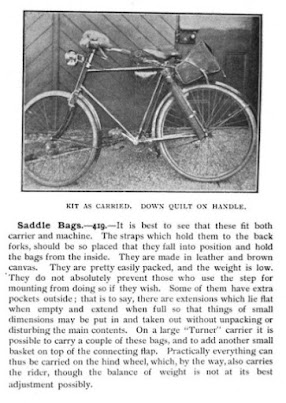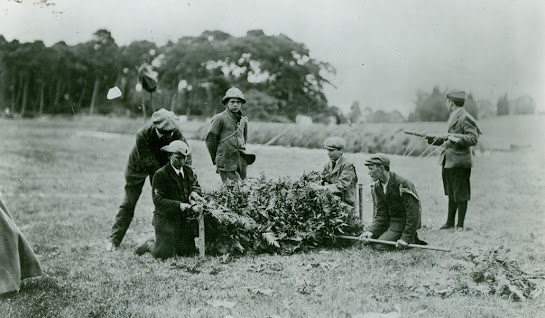THE HISTORY OF CAMPING #camping #history #carcamping #backpacking #bikec...
The history of recreational camping, as we know it today, can be traced back to the turn of the 20th Century.
The Camper’s Handbook, which helped to popularize his love of camping in the outdoors as a recreational activity in the United Kingdom. Holding wrote the book after remembering his early years, and the time he spent travelling across the United States of America with his family in a wagon train.
His urge to camp derived from his experiences as a boy: in 1853 he crossed the prairies of the United States in a wagon train, covering some 1,200 miles (1,900 km) with a company of 300.
In 1877 he camped with a canoe on a cruise in the Highlands of Scotland, and he made a similar trip the next year. He wrote two books on these ventures. Later he used a bicycle as his camping vehicle and wrote.
Cycle and Camp (1898)
In 1908 and founded the Association of Cycle Campers, now the Camping and Caravanning Club.
Holding founded the first camping club in the world, the Association of Cycle Campers, in 1901. By 1907 it had merged with a number of other clubs to form the Camping Club of Great Britain and Ireland.
Thomas Hiram Holding (1844 – 1930)
was a British tailor and often considered the founder of modern camping.
In July 1897, at the age of 52, he designed and made a very small, lightweight tent which could be carried on a bicycle, and set off on a three-day cycle-camping tour in south-west Ireland with his son Frank and two friends, all of whom had spent much time together camping and sailing for many years. By December of that year, he had written Cycle and Camp detailing how the four made that pioneering journey and how this kind of holiday could be enjoyed by anyone for little cost.
Robert Falcon Scott
the famous Antarctic explorer, became the first president of the Camping Club in 1909.
The first formal camps in the U.S. - The Gunnery Camp and others
FIRST CAMPING TRIP AT WELCH'S POINT, MILFORD, 1861
“At night, we camped in two or three big tents, and the close of the second day found us settled down at the Point, with the salt waves breaking on the bluffs a few rods away,
” Mr. Gunn's students wrote in "The Master of The Gunnery," noting that the lively trip was distinguished by “its sport in the surf, its evening songs, its dances on the turf by night, its ballgames...”
Note that some of the students are dressed as Zouaves in French-military inspired uniforms. On the far left are the donkeys and carts mentioned in Brian Back’s book,
“The Keewaydin Way, A Portrait: 1893 ‒ 1983.”

His first introduction to scouting skills was stalking and cooking animals, and avoiding teachers, in nearby woods, which were strictly out-of-bounds for the school that he attended. He also played the piano and violin, was an ambidextrous artist of some talent, and enjoyed acting. Holidays were usually spent on yachting or canoeing expeditions with his brothers.
 Baden-Powell served in the British Army from 1876 until 1910 in India and Africa. In 1899, during the Second Boar War in South Africa, Baden-Powell successfully defended the town in the Siege of Mafeking. A Boer army of in excess of 8,000 men surrounded him and his troops. Although wholly outnumbered, the garrison withstood the siege for 217 days, and much of this is attributable to some of the cunning military deceptions instituted at Baden-Powell's behest as commander of the garrison. As a result, Baden-Powell became a national hero back home.
Baden-Powell served in the British Army from 1876 until 1910 in India and Africa. In 1899, during the Second Boar War in South Africa, Baden-Powell successfully defended the town in the Siege of Mafeking. A Boer army of in excess of 8,000 men surrounded him and his troops. Although wholly outnumbered, the garrison withstood the siege for 217 days, and much of this is attributable to some of the cunning military deceptions instituted at Baden-Powell's behest as commander of the garrison. As a result, Baden-Powell became a national hero back home.
The First Scout Camp
The First Campers
In 1907 Robert S. S. Baden-Powell organized a special nine-day outing to test his ideas for training boys. The ideas worked - and the Scouting movement was launched.
Historians agree that the worldwide Scouting movement evolved from many sources. But if Scouting as we know it had an official birth date, it would be Aug. 9, 1907.
That was the end of the camp for 22 English boys at which Robert S. S. Baden-Powell tested his ideas for training boys. After nine days, Baden-Powell knew his ideas worked.
The rest, as they say, is history.
The 22 boys who attended the Brownsea Island camp ranged in age from 9 to 17.
Thirteen were from upper-class families and attended such exclusive boarding schools as Eton, Harrow, and Baden-Powell's alma mater, Charterhouse.
The other nine were working-class boys from Poole and Bournemouth, across Poole Harbor from Brownsea Island. They were selected by leaders of the Boys' Brigade, a youth organization that featured marching, drill, and military lore.

Putting a 'scheme' to the test
To find out whether his methods (what he called his "scheme") would work with teen-agers, Baden-Powell set up a nine-day summer camp on Brownsea Island, a 500-acre, windswept tract in Poole Harbor off England's southern coast.
He also predicted that his "scheme" would find favor among youth organizations and others "interested in the development of manliness and good citizenship among the rising generation." It was "adaptable and inexpensive" and also "popular and attractive to the boys" while being "intensively interesting to instructors."
Boy Scouting was on its way.
Camping Tent: https://shopee.ph/search?keyword=tent
Camping Tent: https://www.lazada.com.ph/catalog/?q=TENT&_keyori=ss&from=input&spm=a2o4l.home.search.go.239e2030wv073m
Camping Tent: https://www.amazon.com/Camping-Waterproof-Surplus-Military-Instant/dp/B08RYX1ZL7/ref=sr_1_4?adgrpid=142967184939&gclid=Cj0KCQjwuLShBhC_ARIsAFod4fIEyYmtPMU1fRJX71zUJzT6MGtDUiUZYIO8OrNBkDosEfJ5cl_FiX0aAgZOEALw_wcB&hvadid=630081763416&hvdev=c&hvlocphy=9060945&hvnetw=g&hvqmt=b&hvrand=3763378425662110776&hvtargid=kwd-26311782&hydadcr=20786_13407856&keywords=tents%2Bfor%2Bcamping&qid=1680702623&sr=8-4&th=1&psc=1


























.jpg)
.jpg)

.jpg)
.jpg)


















Comments
Post a Comment